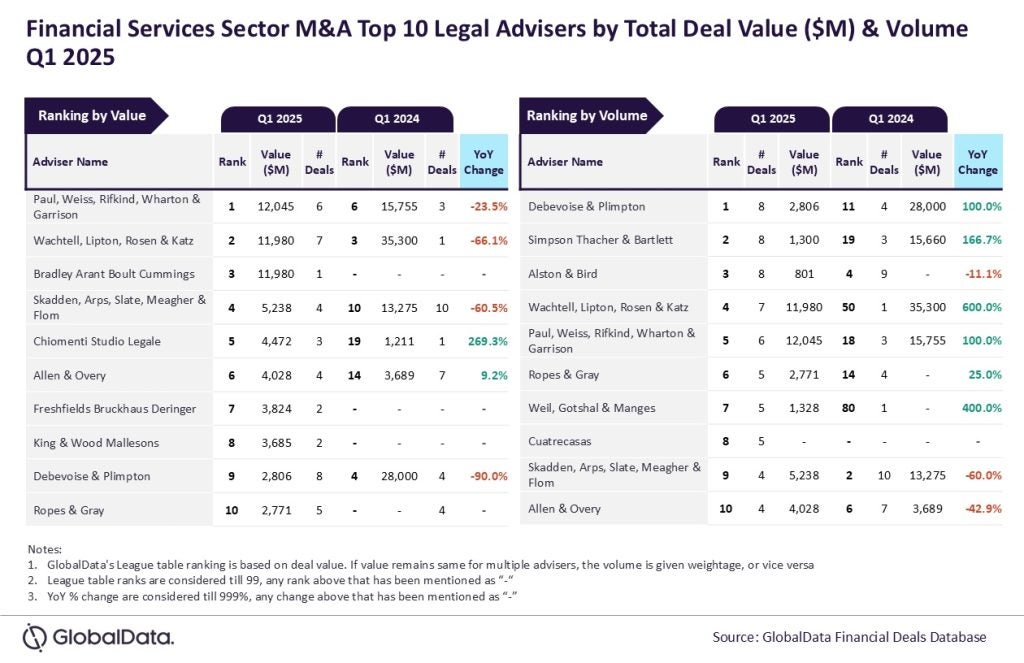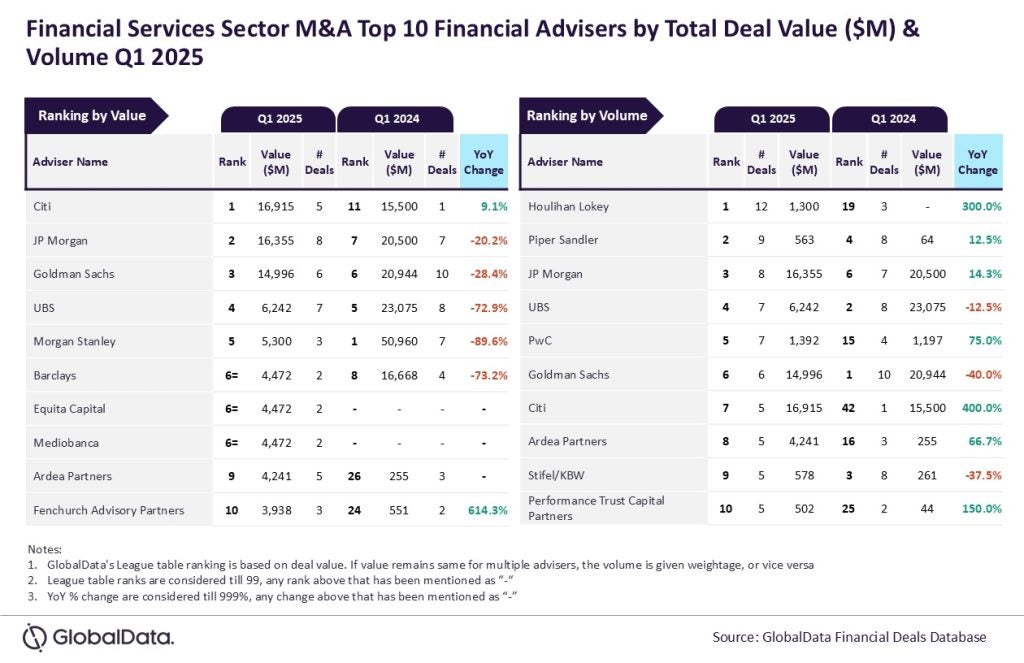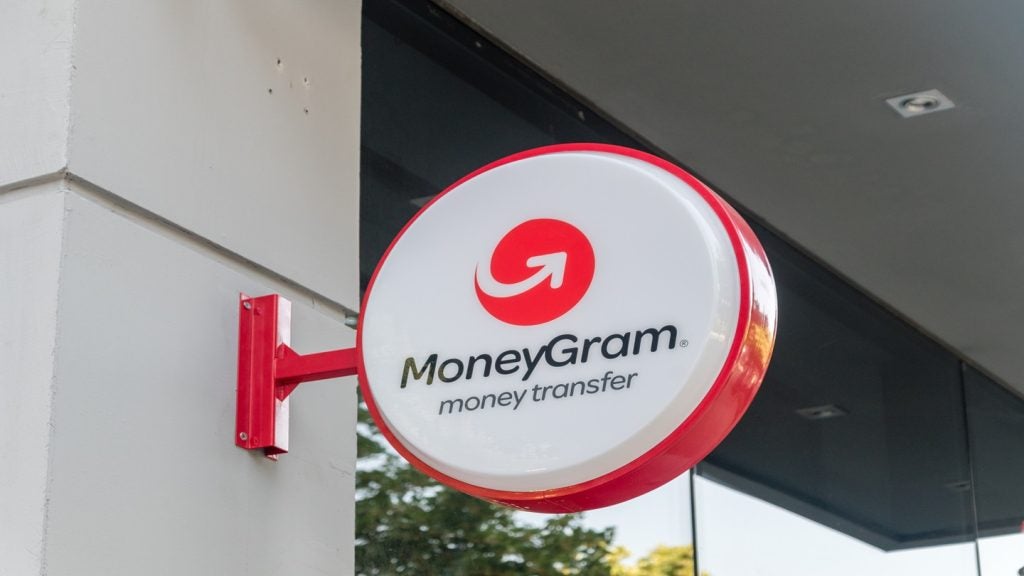Bankaool, Mexico’s first digital-only bank, expects to grow its customer base fivefold to 100,000 in 2016 by targeting underbanked and unbanked consumers as well as digital natives and millennials. Robin Arnfield investigates.
Originally known as Agrofinanzas, Bankaool started life in 2005 as a non-deposit taking financial institution providing loans to Mexican farmers and agribusinesses. The company received a full banking license in 2012. In 2013, Agrofinanzas was recognized by World Bank subsidiary International Finance Corporation (IFC), which also invested in it, as a global leader in innovation for business inclusion.
While continuing to provide agricultural loans, Agrofinanzas changed its name to Bankaool in 2014, entering the retail banking market with a digital-only distribution platform in 2015. Reflecting its mobile focus, Bankaool’s mission statement is ‘Ponemos la banca en las manos de los mexicanos’ or ‘we put banking into the hands of Mexicans’.
“Because it doesn’t have branches, Bankaool offers better rates than other Mexican banks, as it shares its physical infrastructure cost-savings with customer,” says Juan Mazzini, Senior Analyst, Financial Services at U.S.-based consultancy Celent. “As it is digital-only, Bankaool is able to reach new customers right across Mexico.”
Bankaool offers fee-free bank accounts with debit cards, as well as prepaid cards, several investment products, and loans to agribusiness and SMEs. Existing customers receive a MXN100 ($5.73) reward for each new client they attract to Bankaool. It provides customers with two surcharge-free withdrawals a month from RED, Mexico’s inter-bank ATM network comprising 43,000 ATMs.
Online on-boarding
In September 2016, Bankaool announced a partnership with ATM services provider DC Payments. Bankaool said in a press release that DC Payments has helped Bankaool install over 40 ATMs in Mexico and that its goal is to end 2016 with an installed base of 200 ATMs.
Consumers and SME clients open Bankaool accounts online or by using mobile devices. Currently, only Bankaool and Acertum Bank, a subsidiary of branch-based Banco Azteca, offer online account-opening in Mexico.
“Bankaool is raising the bar for the rest of Mexico’s banks, as it is the only Mexican bank on-boarding digitally, and its vision is that banking should be simple,” says Mazzini. “Now the other banks have no excuse.”
“Any Mexican aged 18 plus, whether banked or unbanked, can open an account with us,” says Juan Carlos Espinosa Ortega, Bankaool’s Digital Channels, Marketing and New Business Director. “Bankaool’s digital ecosystem includes the main social media platforms – Facebook, Twitter, LinkedIn and YouTube – and we may add new platforms. We believe that being effective on social media is key for a branchless bank, which is why we manage all our social media activities internally.”
Bankaool’s SME Express online lending platform offers a simplified application process for working capital loans of MXN 500,000 ($28,666) to MXN$3m ($172,000). “Any established SME can apply online in up to 10-15 minutes at any time that is convenient for them,” says Espinosa Ortega. “A successful application is subject to the SME uploading all the scanned documents required, providing proof for all data supplied online, and our meeting them to validate that their business exists. The gap in SME bank loans in Mexico is huge, and there is a great opportunity. Also, in Q4 2016, we plan to offer personal loans to individuals and payroll loans.”
“In Mexico, SMES are really underserved and find it very hard to get loans from banks,” says Mazzini. “By making it easy for SMEs to get loans, Bankaool could have a very profitable business.”
Partnerships
In 2015, Bankaool announced a partnership with Los Angeles-based FinTech GlobeOne which has developed a mobile banking app for underserved consumers. “The idea is to bring GlobeOne’s product to unbanked customers using our digital account opening process,” says Espinosa Ortega. “The project is in the process of being implemented.”
Bankaool has developed an Open API (application programming interface) and is working with several FinTech companies to integrate their products.
“Bankaool’s strategy is to use its core technology and partners to provide clients with innovative products adapted to their needs,” says Espinosa Ortega. “We develop mutually beneficial partnerships that enable us to leverage third-party networks to reach a broad range of potential clients. For example, Bankaool has an agreement with Spotify, according to which we reimburse clients for three months’ worth of Spotify Premium Service fees, if paid for with a Bankaool debit card and after the client has made a deposit into their account.”
Customer growth
Francisco Meré Palafox, Bankaool’s CEO and co-founder, told Mexican government news agency Notimex that, due to the rapid growth of smartphone adoption by Mexicans, he expects Bankaool’s customer base to grow from 20,000 in December 2015 to 100,000 in December 2016.
“In March 2016, we had around 35,000 customers,” says Espinosa Ortega. “As of March 2016, almost 70% of our accounts were opened with mobile devices.”
In September 2016, Bankaool announced that to date 65,000 customers had opened an account with the digital-only bank, 75% being opened with a smartphone or tablet.
Bankaool’s rapid growth contrasts with German digital-only bank Fidor, which took five years from launching in 2009 to get to 76,000 retail account owners and 5,000 business account owners in 2014, according to Mazzini. “If Bankaool only concentrated on digitally-savvy consumers, its customer numbers would eventually plateau,” he says. “So it is very wisely seeking to sign up unbanked and underbanked consumers who have smartphones and mobile Internet access.”
Mazzini says Bankaool is in a much better position than any other Mexican banks, as it is 100 percent digital. “When you don’t have branches, there’s no way you can design any process or product that doesn’t leverage the digital world,” he says. “As they have a branch-based culture, the other Mexican banks find it harder to develop digital services. They tend to see mobile as an extension of their online channel rather than as a stand-alone channel.”
Meré Palafox told Notimex that customers can open a Bankaool account in 2.5 minutes. “Bankaool’s on-boarding process is designed to be simple enough to be used by unbanked consumers,” Mazzini says. “But Bankaool will face a challenge in educating cash-preferred unbanked consumers about the advantages not just of its digital banking proposition but also of putting their cash into a bank.”
“I’m not seeing rapid growth in bancarisation in Mexico,” Lindsay Lehr, Senior Director at U.S.-based Americas Market Intelligence, says. “What is growing is use of online and mobile banking by existed banked customers.”
Digital market
“Mexico is definitely a digital country, with most Internet traffic coming from mobiles,” says Jeffrey Bower, a Digital Finance Specialist at the United Nations Capital Development Fund’s Better Than Cash Alliance. “As the 11th largest country in the world, Mexico has a disproportionate number of social media users. This is why, more than in most countries, a non-traditional bank like Bankaool has a good chance of attracting new users to its digital-only offering.”
With 61% of the Mexican population unbanked, high levels of digital penetration, and a large number of banked customers with deposit-only relationships with their FI, a digital-only bank stands out compared to the country’s traditional banked network, says Bower.
“By focusing on the highly digitally connected youth segment and SMEs, Bankaool is pursuing a non-traditional approach to highly overlooked users,” he says. “Young people expect a digital experience that traditional banks aren’t well equipped to give them – speed to market isn’t traditionally associated with banks. By providing credit to SMEs – 99% of businesses in Mexico- Bankaool hopes to attract a segment to formal financial services who for too long have been overlooked by traditional institutions. Interestingly, Bankaool sees its highest spike in account registrations between 9pm and 1am, indicating that it is successful at reaching its non-traditional targets, who would significantly benefit from the use of meaningful formal financial services.”
Competition
Bankaool faces competition from online lending marketplaces in Mexico, says Lehr.
“There is quite an active online lending market in Mexico, with around 10 non-bank lending platforms,” Lehr says. The largest are kubo.financiero, a peer-to-peer lending platform offering personal loans and working capital finance, and Kueski, which raised $35m in equity funding in April 2016.
“Online lending is still very emergent in Mexico, but there is a lot of competition among the players in this space,” Lehr says.
BBVA Bancomer, one of Mexico’s largest banks, is really pushing to transfer all its products and services to digital channels, Lehr says. “Commercial Mexican banks have been slow to innovate in digital, but BBVA Bancomer has been the most active,” she says. “BBVA Bancomer has prioritised online lending, and around 30% of its personal loans are issued online, up from 2% of loans issued online 18 months ago. I also see other commercial banks moving to offer more services online and to expand their online lending. This will be problematic for smaller banks like Bankaool who aren’t profitable yet and don’t have the customer base and footprint that the big banks have.”







